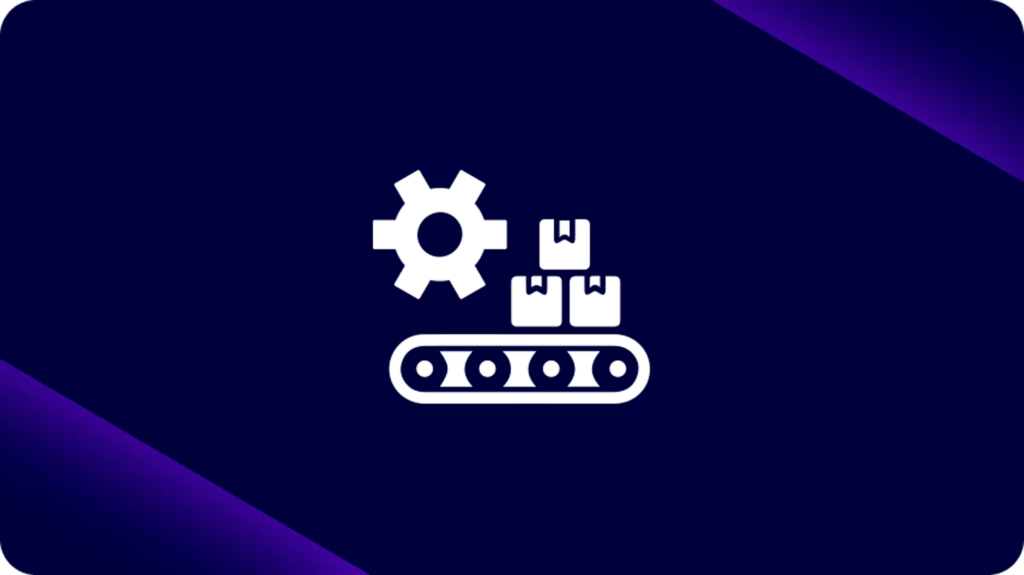February 23, 2023
Os sistemas legados são realmente o fim do mundo? Para muitas empresas, eles são tecnologias essenciais para manter as operações em funcionamento e a receita fluindo. Mas, com tanta crítica negativa, você pode até pensar que eles representam o fim dos negócios como os conhecemos.
E eles são o fim do mundo mesmo? Não necessariamente. Podem ser? Com certeza.
Mas, para entender completamente o que são sistemas legados e por que todos estão preocupados com eles, precisamos nos aprofundar um pouco mais. Neste post, vamos definir o que é um sistema legado, apresentar alguns exemplos e examinar o valor, os riscos e os desafios associados a esses sistemas.
Antes de discutirmos os riscos e desafios de um sistema legado, precisamos esclarecer sobre o que estamos falando. É surpreendentemente difícil encontrar uma definição amplamente aceita de sistemas legados – o que pode tornar desafiador identificar se isso é um problema na sua organização.

>> Agende uma demonstração personalizada com nossa equipe de especialistas e veja como o iPaaS da Digibee trará eficiência ao seu negócio.
O que é um Sistema Legado?
Sistemas legados incluem sistemas computacionais, linguagens de programação, aplicativos, processos ou hardware que são:
- Ineficientes para suportar ou manter
- Baseados em tecnologia ultrapassada
- Incompatíveis com soluções técnicas mais modernas
- Geralmente não estão mais disponíveis para compra
- Frequentemente essenciais para as operações diárias (vamos detalhar mais sobre isso)
Dica de especialista: Não caia na armadilha de pensar que um sistema ou ferramenta não é “legado” só porque tem apenas alguns anos. Qualquer tecnologia que se enquadre nos critérios acima é considerada um sistema legado.
Exemplos de tecnologia legada e casos de uso
Sistemas legados estão em toda parte. Qualquer empresa que existia antes do surgimento das companhias totalmente digitais teve que — ou terá que — atualizar seus sistemas antigos, caso queira competir no espaço digital atual. Infraestrutura envelhecida e tecnologia obsoleta vêm em diferentes formas e tamanhos, mas aqui estão quatro exemplos mais conhecidos de tecnologia legada:
1. SharePoint On-Premises
A Microsoft anunciou o fim da vida útil de seus servidores SharePoint de 2013, 2016 e 2019, com desligamento final em julho de 2026. Pesquisas indicam que uma porcentagem significativa de organizações dos setores financeiro, governamental, de saúde e manufatura na América do Norte ainda utiliza essa ferramenta — e muitos não têm planos de migrar para outra solução.
Antes considerado inovador, o SharePoint on-premises tornou-se difícil (e caro) de personalizar. Ele não escala bem e carece de muitas capacidades de relatório e supervisão que atualmente são consideradas padrão.
2.COBOL
Se você está ligado ao setor financeiro, provavelmente tem ouvido discussões sobre COBOL há pelo menos uma década. Essa linguagem de programação existe há mais de 60 anos e impulsiona bilhões de transações em caixas eletrônicos e cartões de crédito anualmente..
A idade do COBOL não é o problema. Desenvolvedores qualificados já estão em faltae aqueles com a expertise para traduzir código COBOL para linguagens modernas amplamente utilizadas são ainda mais escassos. Mesmo desenvolvedores experientes podem encontrar dificuldades para traduzir COBOL devido à maneira pouco convencional com que a linguagem usa alguns comandos padrão de programação.
3. ERP On-Premise da SAP
Assim como o SharePoint, a SAP anunciou planos de encerrar o suporte para seu ERP on-premise em 2027. O modelo atual exige que empresas que ainda o utilizam façam altos investimentos no desenvolvimento e na manutenção de códigos personalizados para adaptá-lo aos processos de negócios atuais.
91% dos usuários de SAP afirmam depender de código customizado, e 90% do código em uso é considerado entre “importante” e “extremamente essencial”.Os custos para continuar usando a ferramenta já são altos e tendem a aumentar conforme novas tecnologias e tendências surgem.
4. Telefones Blackberry
Houve uma época em que 43% dos smartphones nos EUA eram Blackberries. Embora a queda da marca tenha sido rápida ao não conseguir se adaptar às mudanças nas expectativas dos consumidores, impulsionadas por novos modelos da Apple e Samsung, a empresa só anunciou oficialmente o fim do suporte para seu sistema operacional em janeiro de 2022.
As limitações do hardware da Blackberry e a recusa da empresa em adotar ferramentas desejadas pelos clientes – como a preferência por teclado em vez de tela sensível ao toque – custaram à empresa sua participação de mercado e, no fim das contas, tornaram obsoletos os celulares que um dia foram icônicos.
Por que as empresas usam tecnologias legadas?
A necessidade de substituir sistemas desatualizados, difíceis de manter e ineficientes pode parecer óbvia. Então, por que as empresas resistem à integração de sistemas legados e continuam a utilizar plataformas e ferramentas como as mencionadas anteriormente?
Há vários motivos:
- “Ainda funciona!”
Esse é um argumento comum entre executivos que resistem à transformação digital em favor das ferramentas que já conhecem e em que confiam. Pode ser difícil reconhecer (ou justificar) a necessidade de reformular sistemas importantes quando a solução existente – com a qual os funcionários já estão acostumados – parece dar conta do recado.
- “Não temos dinheiro para mudar!”
Equilibrar receita e custos é sempre uma preocupação. O custo para atualizar, ou pior, substituir tecnologias essenciais para o negócio é muitas vezes alto. Em muitos casos, as empresas já investiram substancialmente nos sistemas existentes, então lidar com um aumento lento nos custos de manutenção pode parecer preferível a descartar tudo e começar do zero.
- “A mudança interromperá as operações!”
Sistemas legados costumam desempenhar um papel vital nas operações do dia a dia. Por isso, a ideia de mudar para uma nova solução (cuja confiabilidade ainda é desconhecida) pode ser assustadora. Se continuar com a tecnologia antiga pode causar problemas no futuro, muitas empresas preferem correr o risco, em vez de comprometer a continuidade operacional com uma grande mudança.
“Substituir aplicativos e sistemas legados por sistemas baseados em novas e diferentes tecnologias é um dos maiores desafios dos profissionais de sistemas de informação (SI). À medida que as empresas atualizam ou alteram suas tecnologias, elas devem garantir a compatibilidade com os sistemas antigos e os formatos de dados que ainda estão em uso.”
Gartner
Riscos e desafios dos sistemas legados
As preocupações sobre a transição para fora dos sistemas legados não são infundadas, mas os riscos de continuar com uma arquitetura desatualizada – por mais “testada e comprovada” que seja – também não são desprezíveis.
As empresas que continuam a depender da tecnologia legada enfrentarão problemas relacionados a:
- Manutenção
O custo de manter sistemas desatualizados só aumentará com o tempo, à medida que o suporte for descontinuado e houver menos especialistas de TI com as habilidades necessárias para manter os sistemas legados funcionando – e conectados a ferramentas mais modernas.
- Desempenho
A velocidade com que a tecnologia evolui está aumentando exponencialmente. Sistemas legados que não falham completamente ainda não conseguirão acompanhar os padrões em constante ascensão e as rápidas mudanças nas tendências de mercado e nas demandas dos consumidores.
- Integração
A pandemia apenas acelerou uma mudança já existente para a realização de negócios online, e a dependência de sistemas legados pode prejudicar os esforços de transformação digital e tornar a adoção de novas soluções mais desafiadora.
- Experiência do Usuário
A dependência de plataformas envelhecidas ou desatualizadas pode afetar negativamente a experiência oferecida aos seus clientes. E a lealdade à marca construída só pode levar você até certo ponto, quando não é possível atender às expectativas.
A Digibee pode ajudar
A inovadora plataforma de integração empresarial low-code da Digibee elimina os obstáculos que os sistemas legados impõem ao crescimento e ao sucesso da sua empresa.
Nossas integrações reutilizáveis permitem que até desenvolvedores juniores conectem sistemas legados a novas tecnologias e ferramentas, modernizando sua arquitetura e acelerando a transformação digital sem tempo de inatividade ou interrupção nas suas operações. Agende uma demonstração personalizada e descubra o diferencial Digibee por si mesmo hoje.








